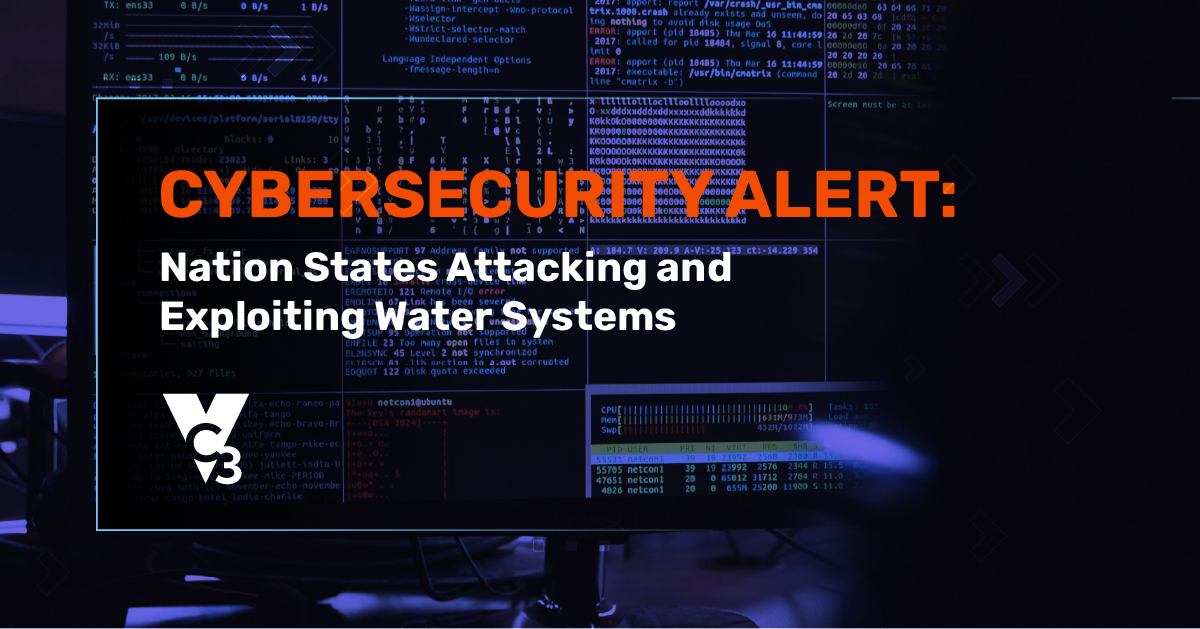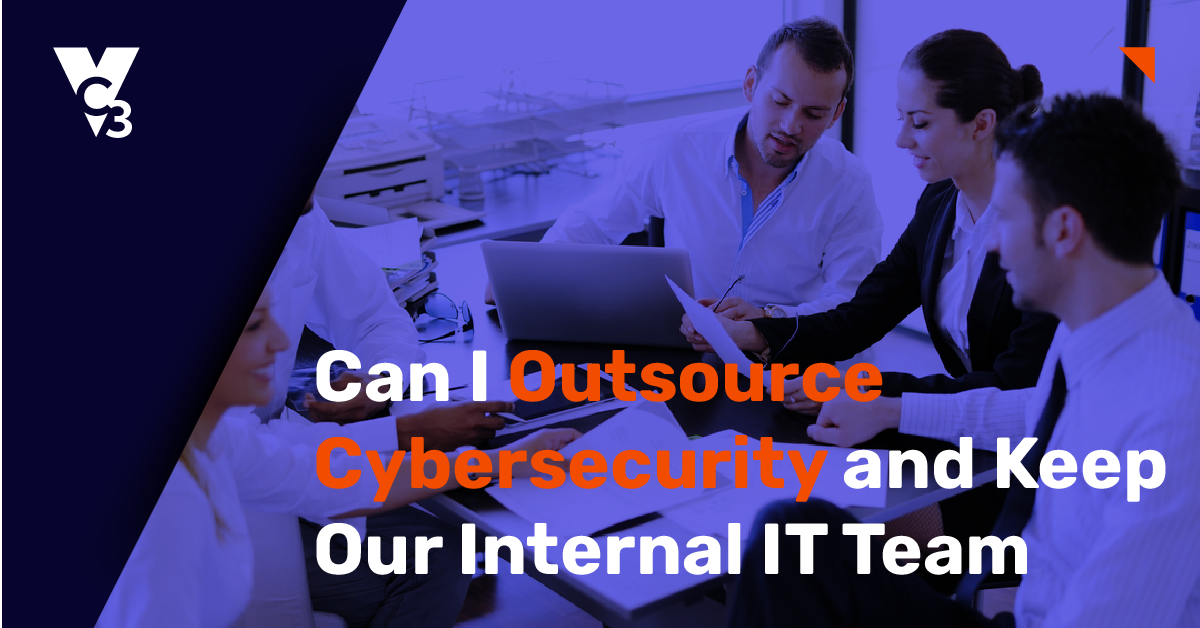The New Cyber Insurance Requirement You Might Be Missing – Cyber Literacy
More and more organizations are applying for cyber insurance and not qualifying. The technical requirements that underwriters seek are robust, but having advanced security tools isn’t a slam dunk for qualification. You must show that your workforce is cyber savvy. That means proving that your people have the knowledge and skills to avoid falling for deceptive and manipulative ploys from the cyberattackers that target them.
What’s more, even when you can get cyber insurance, it’s possible that your claim may be denied if the data breach happened because of an employee’s failure to follow your organization’s security policies and procedures—or if you lack these policies and procedures. What insurance underwriters want is cyber literate employees who don’t negate your security measures and ignore cybersecurity best practices.
Secure Behavior Lowers Cyber Risk
Secure behavior is the norm for a cyber literate workforce, leading to fewer dangerous situations and lowering risk. There are a few ways to develop cyber literacy throughout your organization.
1. Educate People About What’s at Stake
Some people push concerns about potential data breaches aside because they think, “That’s not my problem.” It does, however, become their problem if and when their employer has to shut down operations for an extended period of time, or if the business ultimately doesn’t recover from a cyberattack. It’s also their problem if sensitive or confidential information is exposed. Along with explaining what’s at stake, help employees understand that everyone is responsible for cybersecurity.
2. Create and Enforce Cybersecurity Policies
Your security policies spell out how you expect employees to behave in certain situations. So, when they’re faced with something like a vendor request to access their network, or a coworker request for increased file access, they’ll know what to do. Having documented policies is one thing. Actually following them is another, and that’s where training helps you enforce policies.
While some security policies can be enforced with technical measures, training helps make policy-related behaviors automatic. For example, you can force the use of multi-factor authentication (MFA) across accounts. Other situations, such as spotting phishing emails, require employees to make good decisions. Part of their training should involve referring to organization policies for guidance.
In addition to sufficient training on security policies and how to follow them, employees should be informed about the consequences that may follow a policy violation.
3. Provide Ongoing Cybersecurity Awareness Training
In order for people to recognize threats, they need to see examples and practice identifying them. How can you tell a fake Microsoft 365 login page from an authentic one? What are the ways that cyber criminals might impersonate your organization’s email? When someone calls and says that they need to get onto your computer to fix something, what should the employee do?
There are many different cybersecurity awareness training providers who offer ongoing training that will not only keep employees up to date with evolving cybercriminal tactics but can customize training for individuals who need more practice. Ongoing is the key to keep security fresh in everyone’s minds, and the next two points will give you some ideas on how to keep security top of mind.
4. Make Cybersecurity a Recurring Topic for Internal Communications
If security is a once-a-year workshop topic, it’s unlikely that people are going to internalize its importance or make secure behavior a habit. One of the best ways to maintain attention on security is to share stories. These can be third-party stories about real cyberattacks and how they happened. They can also be firsthand, when an employee was faced with a situation and had to act.
5. Promote Secure Behavior with Incentives
Even when people understand their responsibility to protect your IT systems and data, developing secure habits and behaviors should be rewarded from time to time. Additionally, some people won’t be internally motivated, and they might need some incentives to practice the behaviors you’re promoting.
One company created a program that awarded employees points when they completed specific activities such as reporting a phishing email or completing training. The best ideas for incentives are going to come from your employees, so consider creating a committee of security ambassadors who can promote cybersecurity awareness initiatives amongst their coworkers.
Create a Culture of Security
What you’re really doing when you promote secure behaviors in your workforce is to instill security into your culture. When cybersecurity simply becomes the way you do things, you can actually lower cyber risk. And that’s exactly what cyber insurance underwriters want.
Ramp Up Security Fast with VC3
Whether you need to qualify for cyber insurance or you think there are gaps in your current cyber security strategy, the way to quickly get up to speed with security is to bring in the experts at VC3. We work with organizations to create and implement security strategies that not only put them in a position to get the best rates and coverage for cyber insurance, but give leaders peace of mind about how they are managing cyber risk.
Contact us today to speak with a specialist about your cyber security strategy and what you can do to qualify for the best cyber insurance rates.





